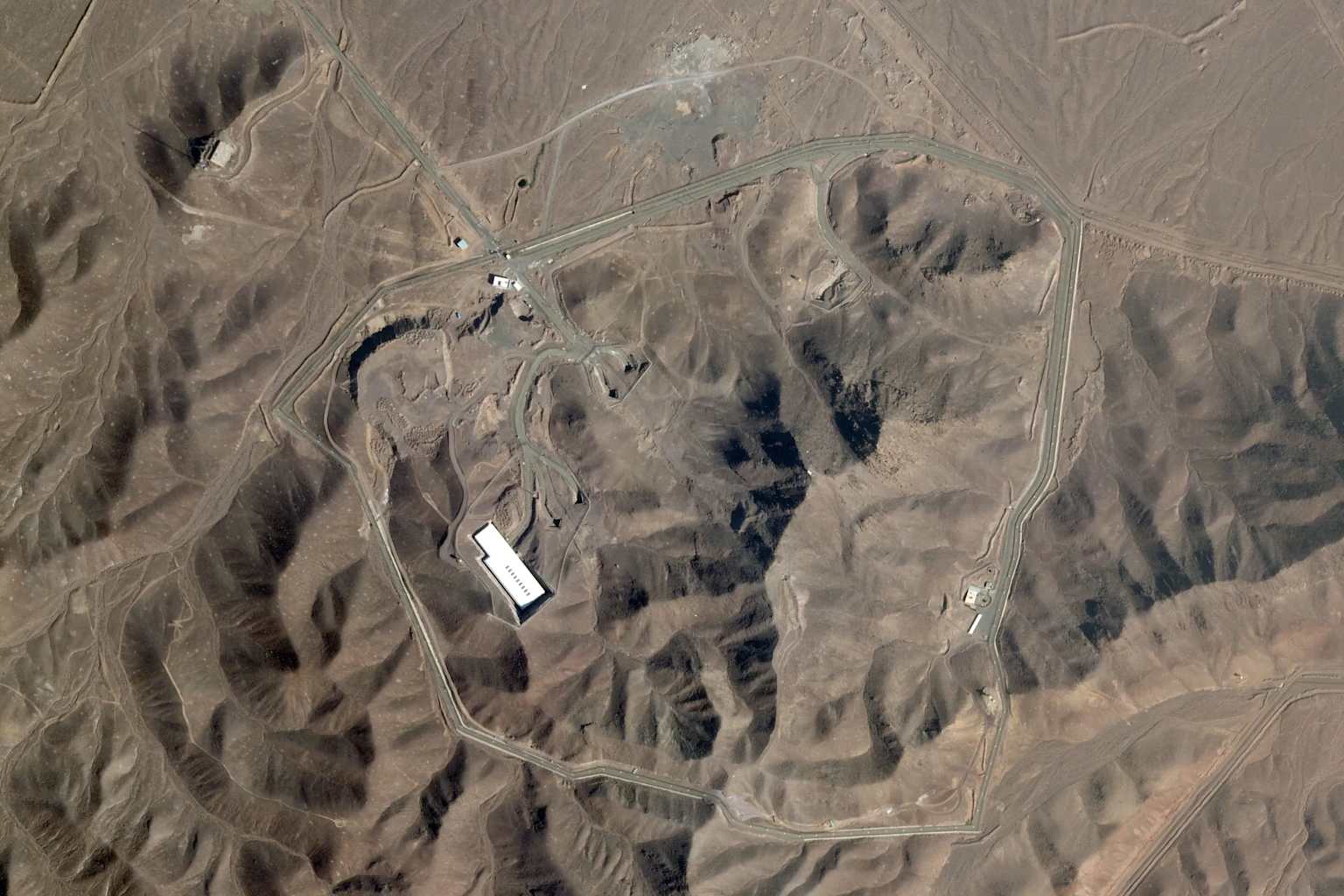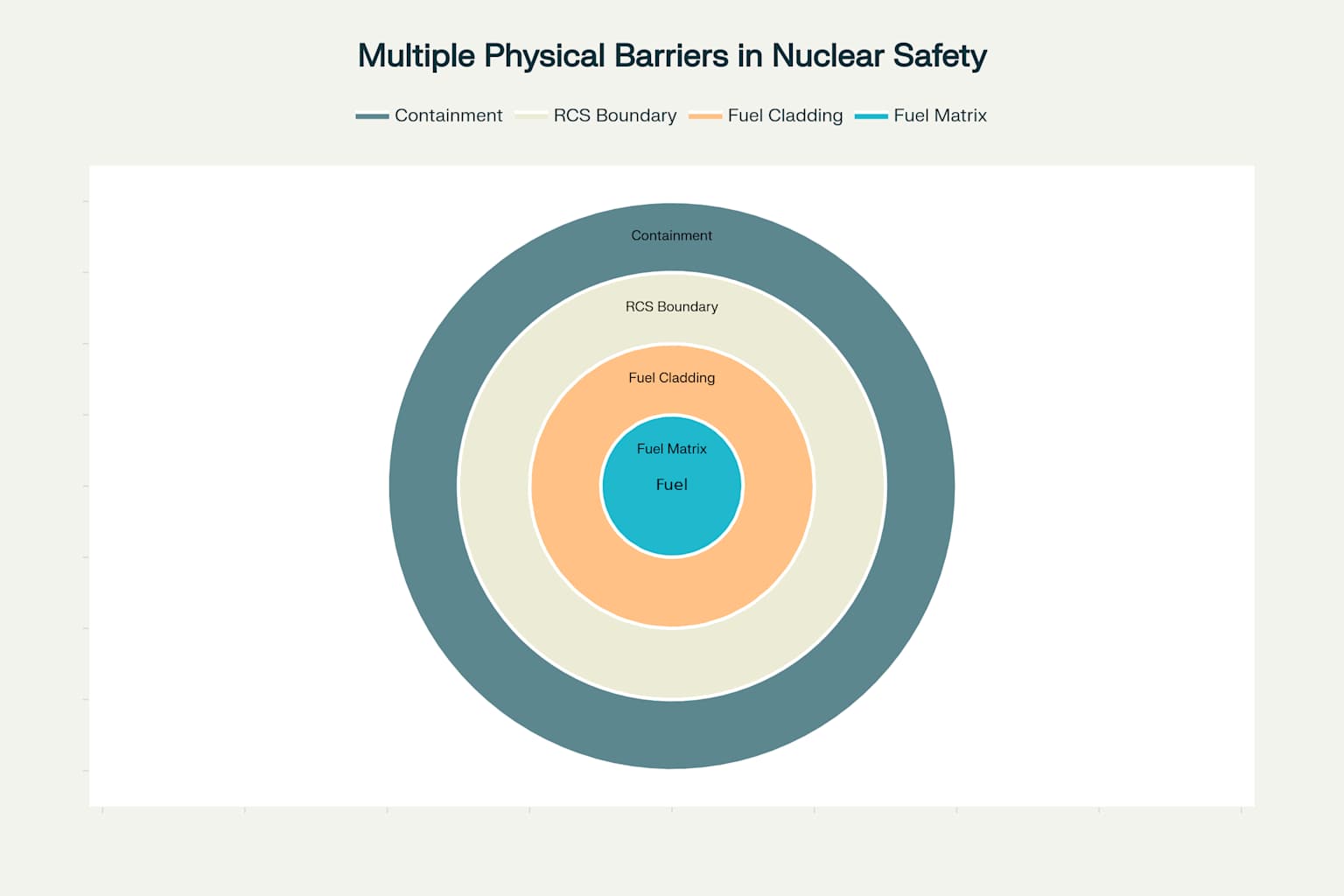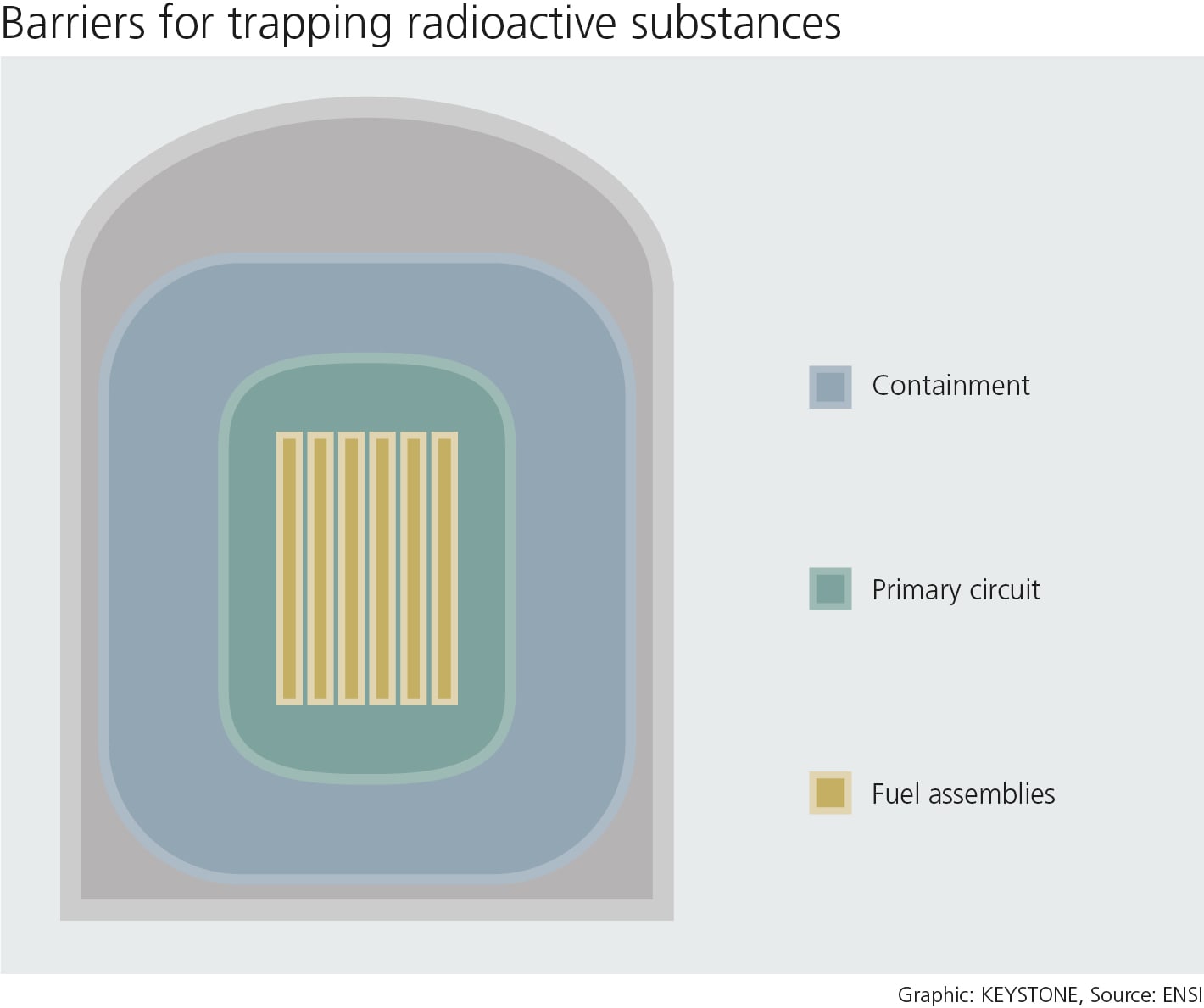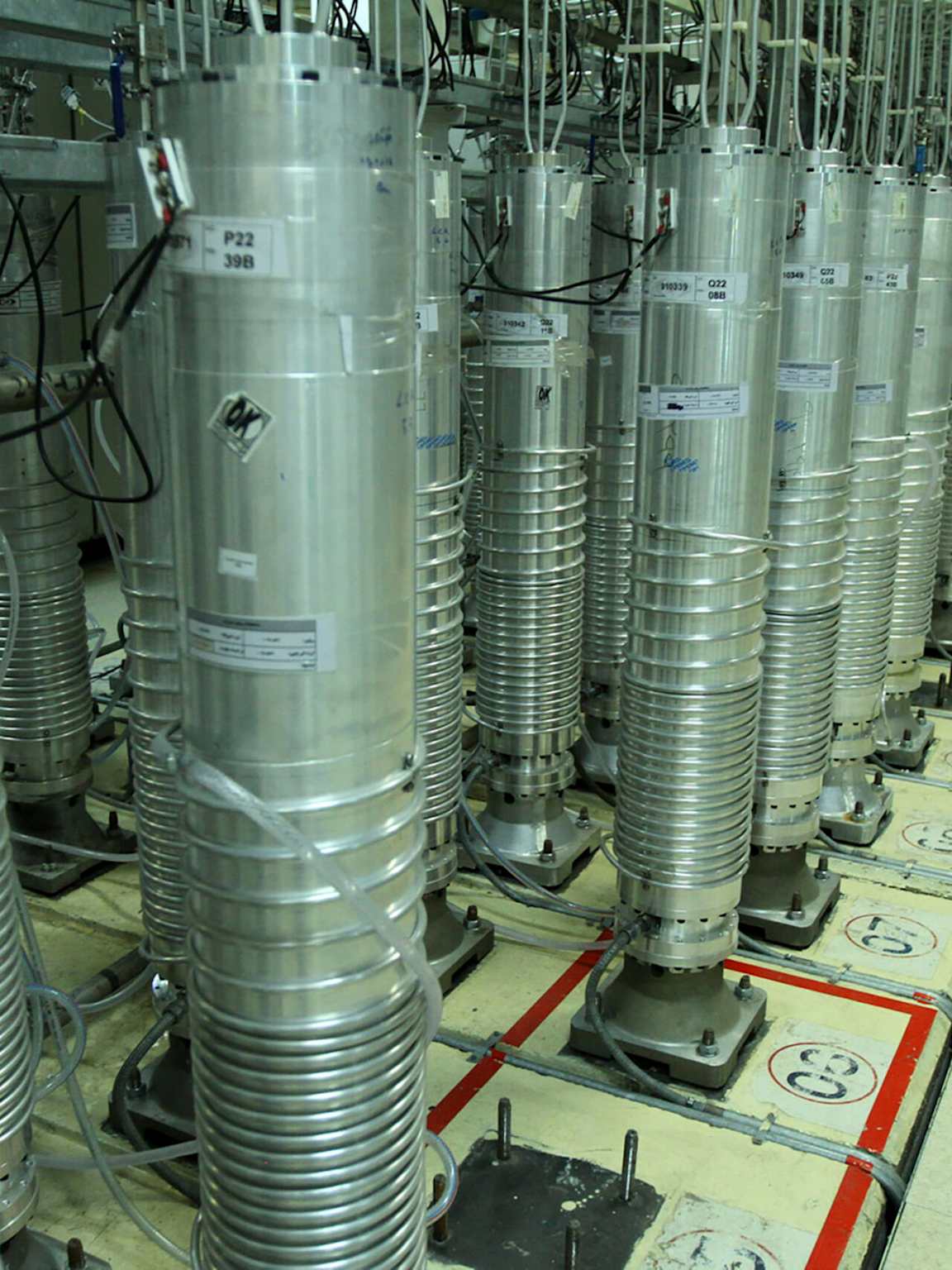Introduction
The Fordow Fuel Enrichment Plant (FFEP), situated approximately 30 kilometers north of the Iranian city of Qom, has become a focal point of international attention and concern in recent years 12. Built deep inside a mountain, the facility is considered one of Iran’s most heavily fortified nuclear sites, designed to withstand potential aerial strikes 3.

Aerial view of the Fordow nuclear facility in Iran, showcasing its remote location and hardened structures.
As Iran continues to develop its nuclear capabilities, questions about the safety and security of facilities like Fordow have become increasingly important 45. The International Atomic Energy Agency (IAEA) employs a comprehensive approach known as “defence in depth” to evaluate and ensure the safety of nuclear installations worldwide 67.
This article explores the IAEA’s defence in depth philosophy and how it applies to the Fordow facility, examining whether current safeguards and safety measures are sufficient to protect against potential risks 89.
What is the IAEA’s ‘Defence in Depth’ Philosophy?
Defence in depth is a fundamental safety concept for nuclear installations that involves creating multiple independent layers of protection 1011. According to the IAEA, this philosophy aims to compensate for potential human and component failures while maintaining the effectiveness of barriers that prevent the release of radioactive material 76.
The concept is built on a hierarchical deployment of different levels of equipment and procedures that work together to maintain the effectiveness of physical barriers placed between radioactive materials and people or the environment 611.
This layered approach provides graded protection against a wide variety of transients, incidents, and accidents, including both equipment failures and human errors within the plant, as well as events initiated outside the facility 612.
The strategy for defence in depth is twofold: first to prevent accidents, and second, if prevention fails, to limit potential consequences and prevent evolution to more serious conditions 1011.

The Five Levels of IAEA’s Defence in Depth Philosophy
The Five Levels of Defence in Depth
The IAEA structures defence in depth into five progressive levels, each designed to come into play if the previous level fails 1113. This layered approach ensures that a single failure at one level would not jeopardize the overall safety of the facility 67.
Level 1 focuses on the prevention of abnormal operation and failures through conservative design and high quality in construction and operation 1110. This includes careful site selection, robust design margins, appropriate maintenance, and comprehensive staff training 613.
Level 2 aims at the control of abnormal operation and detection of failures 1113. This involves control systems, limiting and protection systems, and various surveillance features that can detect and manage deviations from normal operations before they escalate 610.
Level 3 encompasses the control of accidents within the design basis through engineered safety features and accident procedures 1113. This level includes emergency safety systems designed to prevent core damage and confine radioactive materials 611.
Level 4 addresses the control of severe plant conditions, including prevention of accident progression and mitigation of consequences of severe accidents 1113. This level involves complementary measures and accident management strategies for scenarios beyond the original design basis 610.
Level 5 focuses on the mitigation of radiological consequences of significant releases of radioactive materials through off-site emergency response 1113. This includes evacuation plans, sheltering, and other protective measures for the public 610.
Physical Barriers in Nuclear Safety
A key aspect of defence in depth is the implementation of multiple physical barriers to contain radioactive material 611. For water reactors, these typically include the fuel matrix, fuel cladding, reactor coolant system boundary, and the containment system 116.

Physical Barriers in Nuclear Defence in Depth
These barriers are designed to work in concert, ensuring that if one fails, the others will still provide protection 1011. The integrity of these barriers is protected through various safety measures applied at different levels of defence 613.
For nuclear facilities like Fordow that focus on uranium enrichment rather than power generation, the specific barriers may differ, but the principle remains the same 114. Multiple containment systems are employed to prevent the release of radioactive materials and protect workers and the environment 415.

Diagram illustrating the multi-layered barriers—fuel assemblies, primary circuit, and containment—designed to trap radioactive substances and enhance nuclear safety.
Prerequisites for Effective Defence in Depth
The IAEA identifies three basic prerequisites that must be present for effective implementation of defence in depth: conservatism, quality assurance, and safety culture 611.

The Three Basic Prerequisites for Effective Implementation of Defence in Depth
Conservatism involves using appropriately conservative assumptions in the design, construction, and operation of nuclear facilities 1113. This provides safety margins that help compensate for uncertainties and limitations in knowledge or technical abilities 610.
Quality assurance ensures the quality of design, materials, structures, components, systems, operation, and maintenance 116. This is crucial for ensuring that all safety systems will function as intended when needed 1013.
Safety culture refers to a strong commitment by organizations and individuals to prioritize safety in all activities related to nuclear facilities 116. This includes transparent reporting of issues, continuous learning, and placing safety above production or economic considerations 1013.
Uranium Enrichment at Fordow
The Fordow facility houses numerous centrifuges for uranium enrichment, a process that increases the concentration of uranium-235 isotopes 12. According to recent IAEA reports, Iran has ramped up production of uranium enriched to levels of 60% at the facility 116.

Iranian uranium enrichment centrifuges, including IR5, IR6s, and IRS models, displayed in an exhibition setting.
Centrifuges operate by spinning uranium hexafluoride gas at extremely high speeds to separate isotopes based on their slightly different weights 144. The process requires precise control and multiple safety systems to prevent accidents or releases of radioactive material 415.

A row of gas centrifuges used for uranium enrichment in a nuclear facility, demonstrating the industrial scale of the process.
The IAEA has expressed concern about the increased production and accumulation of highly enriched uranium at Fordow, noting that enrichment to 60% far exceeds the level required for civilian nuclear power generation 115. This level of enrichment is closer to weapons-grade (90%), though Iran maintains its nuclear program is entirely peaceful 416.
IAEA Monitoring at Fordow
The IAEA implements safeguards at Fordow through a comprehensive verification regime 1718. This includes regular inspections, continuous monitoring, and the use of surveillance technologies to ensure compliance with safety standards and non-proliferation agreements 1920.
In late 2024, Iran agreed to tougher monitoring by the IAEA at Fordow after it greatly accelerated uranium enrichment activities 21. This strengthened safeguards approach included increased frequency and intensity of inspection measures 2116.
IAEA inspectors use various techniques to verify nuclear material at facilities like Fordow, including destructive assay (DA) of samples and non-destructive assay (NDA) methods 2219. They also employ containment and surveillance measures such as cameras and seals to maintain continuity of knowledge about the facility’s operations 1918.
The verification process aims to ensure that nuclear material is not diverted from peaceful uses and that facilities are not misused for undeclared purposes 2018. This includes monitoring the number and type of centrifuges in operation and verifying the enrichment level of uranium produced 1723.
During unannounced inspections in 2023, the IAEA detected uranium particles enriched to 83.7% purity at Fordow, very close to weapons-grade level, though Iran disputed this finding 1624. Such discoveries highlight the importance of rigorous monitoring and verification activities 2423.
Safety Challenges at Fordow
The Fordow facility presents unique safety challenges due to its underground location and military origins 12. Built approximately 80-90 meters underground within a mountain, the facility was designed to withstand aerial bombardment 14.
While this hardened design provides protection against external attacks, it could potentially complicate emergency response efforts in case of internal accidents 48. Access to the facility is limited, with satellite imagery showing only a few entrance tunnels leading into the mountain 14.
Recent geopolitical tensions have raised questions about the vulnerability of Fordow to military strikes 23. However, the IAEA has consistently emphasized that nuclear facilities should never be attacked, regardless of circumstances, due to potential radiological consequences 2526.
The main safety concerns at Fordow relate to the handling of uranium hexafluoride, a compound that can release toxic hydrogen fluoride gas if exposed to moisture 824. The IAEA safety standards require multiple layers of protection against such chemical and radiological hazards 611.
Iran has implemented various safety measures at its nuclear facilities, including Fordow, though detailed information about specific safety systems is limited in publicly available sources 2715. The IAEA continues to emphasize the importance of transparent safety procedures and emergency preparedness 2526.
Application of Defence in Depth at Fordow
Applying the defence in depth philosophy to facilities like Fordow requires consideration of both safety and security aspects 610. The underground location of Fordow already provides one layer of physical protection, but comprehensive safety requires multiple additional layers 14.
Level 1 defence at Fordow would include the quality of construction materials, conservative design of centrifuge systems, and proper training of personnel 116. The facility’s location in a mountainous area also contributes to this first level of protection 14.
Level 2 would involve surveillance and monitoring systems to detect any abnormal operations, such as unexpected pressure changes in centrifuges or radiation level increases 116. The IAEA’s strengthened monitoring regime plays a crucial role in this level 21.
Level 3 would encompass engineered safety features designed to contain potential accidents, including emergency shutdown systems for the centrifuge cascades and containment measures for uranium hexafluoride 116. These systems would aim to prevent any release of radioactive materials beyond designated areas 1013.
Levels 4 and 5 would involve accident management procedures and emergency response plans, both on-site and off-site 116. The effectiveness of these levels at Fordow is difficult to assess from publicly available information, highlighting the importance of continued IAEA oversight 2315.
Conclusion
The IAEA’s defence in depth philosophy provides a comprehensive framework for evaluating the safety of nuclear facilities like Fordow 611. The layered approach to safety, with its five levels of protection and multiple physical barriers, creates redundancy that helps compensate for potential failures or unforeseen events 1013.
While Fordow’s underground location provides inherent protection against certain external threats, comprehensive safety requires proper implementation of all levels of defence in depth 16. The IAEA’s continued monitoring and verification activities are essential for ensuring that appropriate safety measures are in place 1820.
Recent agreements for strengthened safeguards at Fordow represent a positive development for nuclear safety and transparency 21. However, the high level of uranium enrichment at the facility continues to raise international concerns about both safety and non-proliferation issues 116.
The application of defence in depth principles remains crucial for minimizing risks at all nuclear facilities, including those like Fordow that operate under complex geopolitical circumstances 613. Through rigorous implementation of safety standards and continued international oversight, the global community works to ensure that nuclear technology is used safely and exclusively for peaceful purposes 1820.
Footnotes
-
https://www.cnn.com/2025/06/17/middleeast/iran-fordow-nuclear-site-latam-hnk-intl ↩ ↩2 ↩3 ↩4 ↩5 ↩6 ↩7 ↩8 ↩9 ↩10 ↩11 ↩12
-
https://www.csis.org/analysis/three-things-will-determine-irans-nuclear-future-fordow-just-one-them ↩ ↩2 ↩3 ↩4
-
https://www.nytimes.com/2025/06/16/us/politics/iran-nuclear-site-israel.html ↩ ↩2
-
https://www.news18.com/world/fortified-and-hidden-in-a-mountain-why-irans-fordow-nuclear-site-is-critical-9392463.html ↩ ↩2 ↩3 ↩4 ↩5 ↩6 ↩7 ↩8 ↩9 ↩10
-
https://www.newsbytesapp.com/news/world/what-we-know-about-irans-fordow-nuclear-site/story ↩
-
https://www-pub.iaea.org/MTCD/Publications/PDF/Pub1013e_web.pdf ↩ ↩2 ↩3 ↩4 ↩5 ↩6 ↩7 ↩8 ↩9 ↩10 ↩11 ↩12 ↩13 ↩14 ↩15 ↩16 ↩17 ↩18 ↩19 ↩20 ↩21 ↩22 ↩23 ↩24 ↩25 ↩26
-
https://www.iaea.org/publications/4716/defence-in-depth-in-nuclear-safety ↩ ↩2 ↩3
-
https://www.npr.org/2025/06/18/nx-s1-5438106/if-a-u-s-bunker-buster-hits-a-nuclear-site-what-might-get-released-into-the-air ↩ ↩2 ↩3
-
https://www.iaea.org/publications/15147/assessment-of-defence-in-depth-for-nuclear-power-plants ↩
-
https://www.cnsc-ccsn.gc.ca/eng/reactors/power-plants/defence-in-depth/ ↩ ↩2 ↩3 ↩4 ↩5 ↩6 ↩7 ↩8 ↩9 ↩10 ↩11 ↩12 ↩13
-
https://innovationfornuclear.co.uk/toolkit/toolkit-exports/Safety Case Toolkit - Defence in Depth.pdf ↩ ↩2 ↩3 ↩4 ↩5 ↩6 ↩7 ↩8 ↩9 ↩10 ↩11 ↩12 ↩13 ↩14 ↩15 ↩16 ↩17 ↩18 ↩19 ↩20 ↩21 ↩22 ↩23
-
https://www.iaea.org/newscenter/news/strengthening-international-standards-for-nuclear-safety-iaea-safety-publications-restructured ↩
-
https://www.innovationfornuclear.co.uk/toolkit/toolkit-content/what-is-a-safety-case/defence-in-depth.html ↩ ↩2 ↩3 ↩4 ↩5 ↩6 ↩7 ↩8 ↩9 ↩10 ↩11 ↩12 ↩13
-
https://en.wikipedia.org/wiki/Fordow_Fuel_Enrichment_Plant ↩ ↩2
-
https://www.hindustantimes.com/world-news/us-news/what-is-fordow-nuclear-facility-iran-touts-that-all-nuclear-material-is-in-a-safe-place-101750383813751.html ↩ ↩2 ↩3 ↩4 ↩5
-
https://isis-online.org/isis-reports/detail/analysis-of-iaea-iran-verification-and-monitoring-report-february-2025 ↩ ↩2
-
https://www.iaea.org/newscenter/news/surveying-safeguarded-material-24/7 ↩ ↩2 ↩3 ↩4 ↩5
-
https://www-pub.iaea.org/MTCD/Publications/PDF/Pub1273_web.pdf ↩ ↩2 ↩3 ↩4
-
https://www.iaea.org/sites/default/files/publications/documents/infcircs/2024/infcirc1264.pdf ↩ ↩2 ↩3 ↩4
-
https://isis-online.org/isis-reports/detail/analysis-of-iaea-iran-verification-and-monitoring-report-may-2025/ ↩ ↩2 ↩3
-
https://www.aljazeera.com/news/2025/6/19/what-is-irans-fordow-nuclear-facility-and-could-us-weapons-destroy-it ↩ ↩2 ↩3
-
https://www.iaea.org/newscenter/statements/statement-on-the-situation-in-iran-13-june-2025 ↩ ↩2
-
https://www.iaea.org/newscenter/statements/iaea-director-general-grossis-statement-to-unsc-on-situation-in-iran ↩ ↩2
-
https://www.iaea.org/newscenter/pressreleases/iaea-mission-observes-commitment-to-safety-at-research-reactors-in-the-islamic-republic-of-iran-recommends-further-enhancement ↩